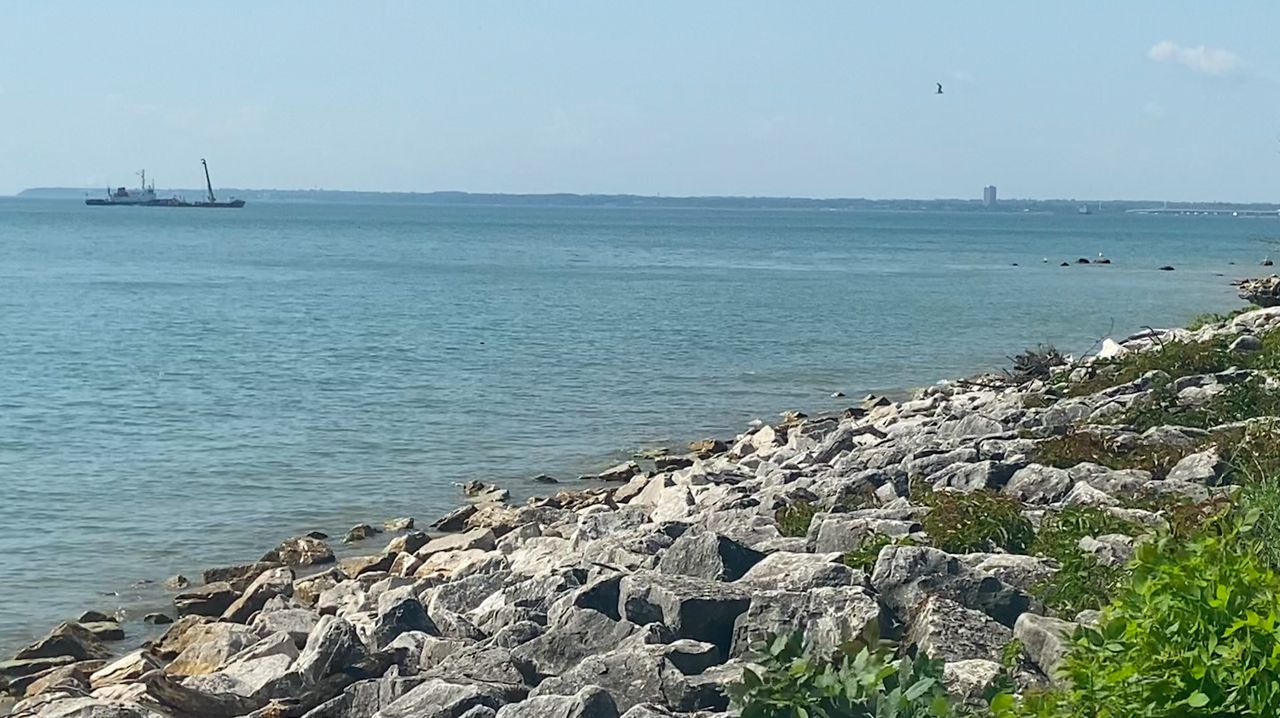WAUKESHA, Wis. — Construction crews are working fast to finish building a pumping station on Waukesha’s east-central side, as well as two reservoirs to store water from Lake Michigan.
It’s a part of the final preparations in a citywide shift to start using Lake Michigan as a main source of water.
“We will be able to take that water from the Great Lakes, utilizing it here in Waukesha, then return 100% of that water back to the Great Lakes, allowing us to recycle and reuse,” said Dan Duchniak, general manager of Waukesha Water Utility.
Duchniak said the change had to be made because the deep-water aquifer the city has long relied on is no longer safe. Overuse of the aquifer has led to a chemical called radium getting into the water.
“We exceed the radium standards for health and safety by the federal government, so we are under court order to come into compliance with those radium standards,” said Duchniak.
To tap into Lake Michigan for water, Waukesha had to reach a special agreement with Milwaukee. It also had to get the okay from the Great Lakes Compact, which includes Illinois, Indiana, Michigan, Minnesota, New York, Ohio, Pennsylvania, Wisconsin, Ontario and Quebec.

But some people were and are still against Waukesha’s use of Lake Michigan water. Critics have been worried about the environmental impact of more pipelines on the lake and connecting rivers.
Ultimately, the Wisconsin Department of Natural Resources gave the final approval to Waukesha. Creating the infrastructure to get Lake Michigan water to Waukesha comes with a price tag of more than $285 million, which is partly funded by federal grants.
Waukesha residents will also see an increase in their water bill because of the change.
“The overall water bill is scheduled to go up around 15% over the next two years,” said Duchniak. “Fifteen percent each year for two years. But there is nothing more important than a clean, safe water supply for any community.”
Duchniak said he is proud to assure everyone who lives in Waukesha that they will now have a safe, sustainable water supply for the long haul.
“It comes down to the wire when you are trying to finish everything up and there’s all of the small details that are coming together,” said Duchniak. “We are trying to stay on top of it all to make sure the transition goes as smoothly as possible for our residents.”
The change is set to take place in September.


